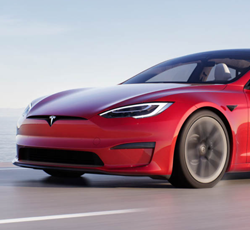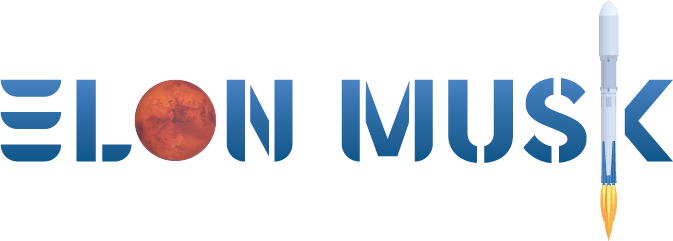

Read: Elon and the genius trap
In 2019, an analysis from the financial firm Bernstein put Tesla’s executive-turnover rate at nearly double the average of comparable Silicon Valley companies; the number was “dramatically higher” among Musk’s direct reports as well. Layoffs and firings have sometimes felt more mercurial than anything else. Consider the team behind Tesla’s charging network. In June 2023, I wrote that Tesla’s fast and reliable “Superchargers” were its secret weapon; other automakers had begun building cars using Tesla’s proprietary charging port to give their customers Supercharger access. About a year later, Tesla laid off the entire 500-person team. Many of the staffers were later rehired and returned, but not all: Rebecca Tinucci, Tesla’s head of charging, left for good. The Supercharger network has grown since then, though not without a period of chaos for the automaker and the entire car industry that bet on it. The cuts to Tesla’s charging workforce were part of a bigger reduction in headcount last year: Within the first six months of 2024, Tesla had shed nearly 20,000 employees, according to internal data viewed by CNBC. And Tesla’s latest quarterly SEC filing, released in April, boasts of “a $52 million decrease in employee and labor costs” compared with last year. (In reporting this story, I reached out to roughly a dozen current and former Tesla staffers. None would talk with me on the record.)
Last year’s layoffs, Musk said, were designed to position the company for its “next phase of growth.” Based on everything he’s said so far, that means AI. He has promised that robots and driverless cars will eventually deliver “a trillion dollars of profit a year.” Several top executives and engineers have resigned after they reportedly clashed with Musk on his pivot. This month, Tesla is tentatively set to launch its long-awaited robotaxi service in Austin, starting with what Musk has said will be “10 to 12” self-driving Teslas that can also be remotely operated by humans if needed. In other words, the company has a long way to go before it’s anywhere close to something like a driverless Uber. For now, the company still makes its money from selling cars, and Tesla has lost many of the smart people who helped create what was once an innovative automotive juggernaut. Musk still does have several long-standing deputies at the company, including Tom Zhu, a senior vice president who previously led Tesla’s operations in China, and Lars Moravy, who leads vehicle engineering. But the departures put more pressure on Musk: He doesn’t have the workforce he once did to build to make groundbreaking electric vehicles.
The silver lining for the future of electric vehicles is that these former Tesla staffers are fanning out to the rest of the car industry. Take Field, the former head Tesla engineer (or “head vehicle engineer,” in Tesla’s telling). He now leads advanced vehicle software at Ford, as well as a program tasked with making an affordable EV. Tinucci, the former head of Tesla’s charging team, is now overseeing Uber’s shift to electric vehicles. “I think we’ll see kind of a Tesla diaspora,” Kristin Hull, the founder of Nia Impact Capital, an investment firm with a stake in Tesla, told me. “The rest of the world is catching up. And I think that’s also playing a part in why the talent is moving on.” (Field and Tinucci didn’t respond to requests for comment.)
Musk’s detractors might easily fall into schadenfreude. His actions might finally be catching up with him. But if Tesla continues to slide, there will be ramifications beyond Musk and his investors simply losing money. Tesla remains one of the very few companies outside of China that is making money by selling electric cars, which makes it uniquely capable of making a super-affordable EV. Every day that goes by without cheaper options, Americans who might be inclined to go electric are instead buying gas-burning cars that could be on the road for a decade or more. Meanwhile, other carmakers have spent years racing to build cleaner cars in large part to keep up with Tesla. Without the company’s continued dominance, it’s easy to see a heavily polluting industry fall back on old habits. The risk is particularly high right now as the Trump administration is betting big on fossil fuels.
Whether Tesla can rebound will test something truly scarce—not Musk’s wealth but the faith that others have in him. Musk has already alienated people on the left and right, but many people still fiercely believe in his ability to make them rich. At some point, even they might start to vanish.
About the Author
Please first to comment
Related Post
Stay Connected
Tweets by elonmuskTo get the latest tweets please make sure you are logged in on X on this browser.






 Energy
Energy

















